+44 (0)1634 791600
info@crystal-display.com
Newsletter Sign Up!
+44 (0)1634 791600
info@crystal-display.com
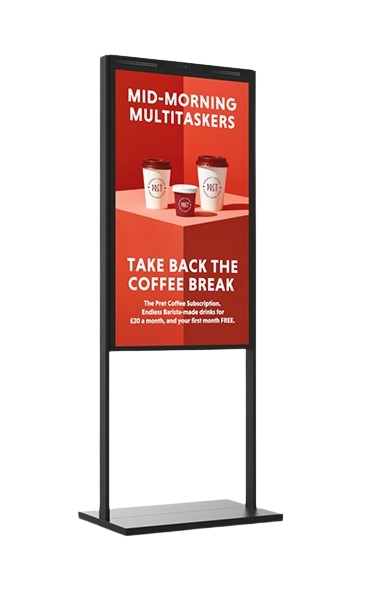



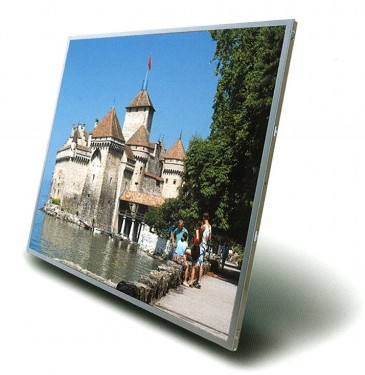
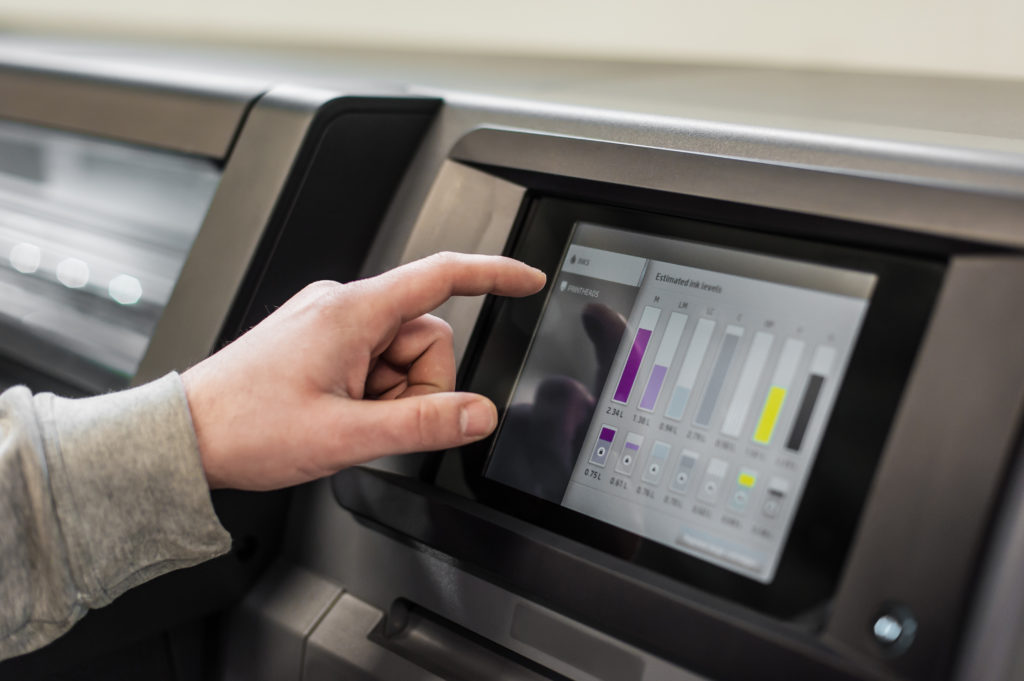
In the ever-evolving landscape of industrial technology, one company stands at the forefront of innovation—Crystal Display Systems (CDS). Known for their commitment to excellence and cutting-edge solutions, CDS has once again pushed the boundaries with their new 13-inch OLED Industrial Display.
Industrial displays have traditionally relied on TFT LCD technology. While these displays have served a wide range of applications effectively, the 13-inch OLED Industrial Display from CDS promises to redefine the industry. OLED, or Organic Light-Emitting Diode, technology offers a host of advantages that are poised to transform the industrial landscape.
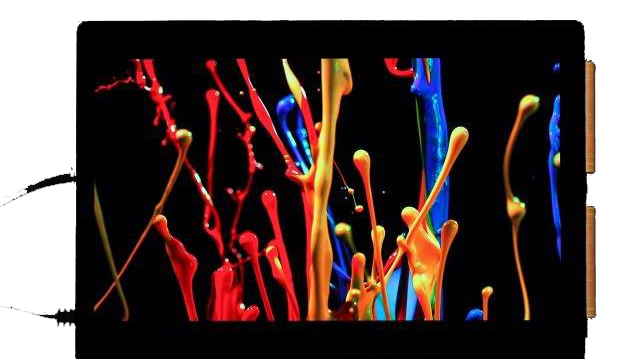

A 13″ industrial OLED (Organic Light-Emitting Diode) display offers several advantages and benefits compared to other technologies like TFT LCD (Thin-Film Transistor Liquid Crystal Display). Here are some of the key advantages:
Higher Contrast Ratio: OLED displays have an emissive technology, meaning each pixel emits its light. This results in perfect black levels and higher contrast ratios when compared to TFT LCDs, which rely on a backlight.
Wider Viewing Angles: OLEDs typically provide wider viewing angles, maintaining image quality even when viewed from the side. In contrast, TFT LCDs may experience color shifting and reduced visibility at extreme angles.
Faster Response Time: OLED displays have faster response times, reducing motion blur and ghosting, making them ideal for applications requiring fast-moving content such as gaming or video playback.
Thinner and Lighter: OLEDs are thinner and lighter because they don’t require a backlight unit, which is essential in TFT LCDs. This makes OLED displays more suitable for applications where weight and thickness are critical factors.
Energy Efficiency: OLEDs are energy-efficient. They only consume power when pixels are active, unlike TFT LCDs which use a constant backlight. This can lead to energy savings, especially in battery-powered devices.
Flexibility: OLED technology allows for flexible and even transparent displays, which can be beneficial for unique form factors or integration into curved or non-flat surfaces. TFT LCDs are typically rigid.
Color Accuracy: OLEDs often deliver more vibrant and accurate colors due to their self-emissive nature, whereas TFT LCDs can sometimes suffer from color inaccuracies.
Instant On/Off: OLEDs have an instant response time and can be turned on and off rapidly. In contrast, TFT LCDs may have a slight delay when powering up or down.
However, it’s essential to consider some limitations and factors:
Durability: OLEDs can be more susceptible to burn-in over time if static images are displayed for extended periods. TFT LCDs are less prone to this issue.
Lifetime: OLEDs may have a shorter lifespan than TFT LCDs, especially in terms of blue pixel degradation. This can be a concern for industrial applications that require long-term use.
Cost: OLED displays are typically more expensive to manufacture than TFT LCDs, which might affect the overall cost of the equipment.
Brightness: In extremely bright environments, TFT LCDs with high brightness levels may outperform OLEDs.
In summary, a 13″ industrial OLED display offers superior contrast, wider viewing angles, faster response times, and flexibility when compared to TFT LCDs. However, it may have limitations in terms of durability, lifespan, and cost that need to be considered when selecting the technology for a specific industrial application.
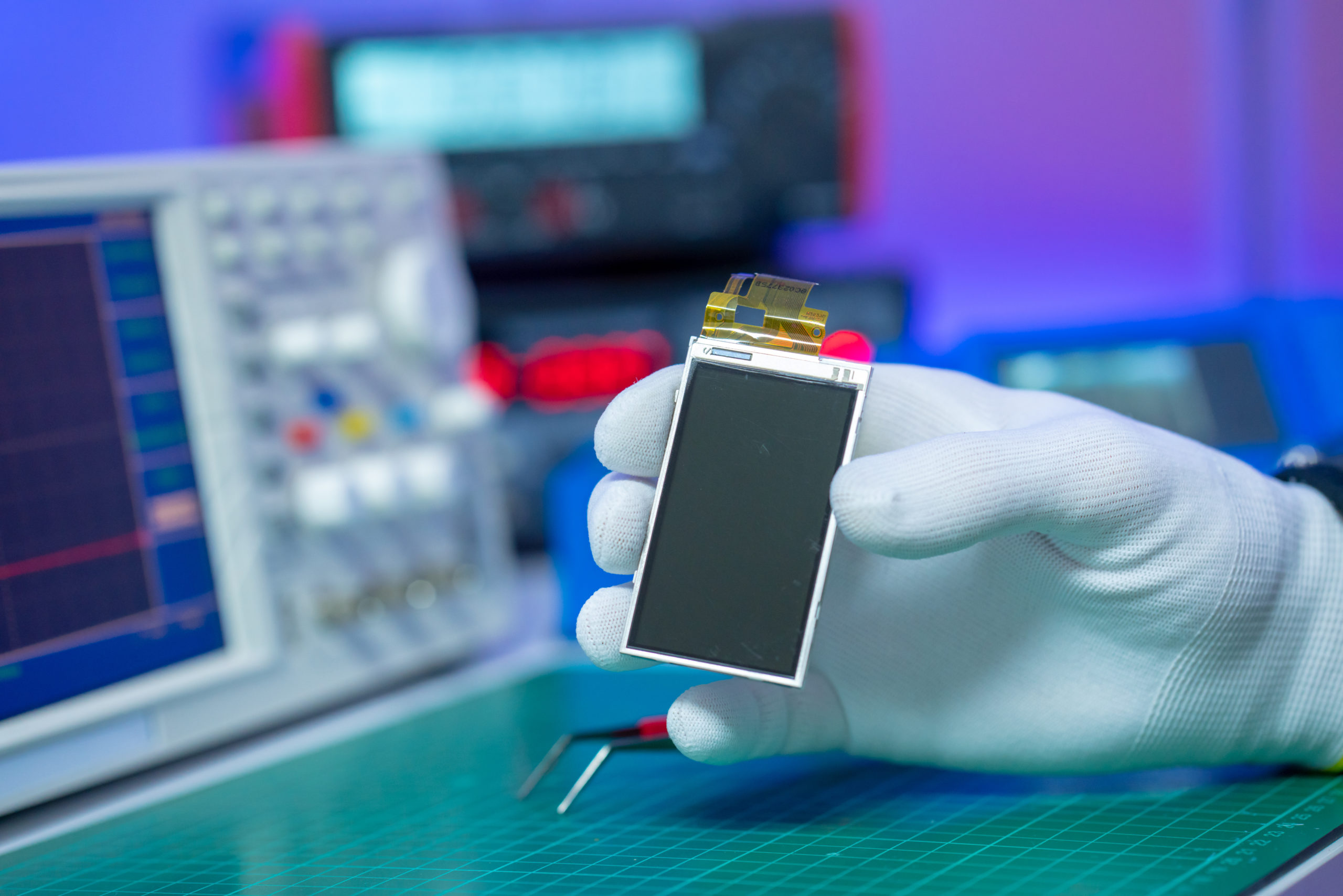

Well, we do know your concerns and have the OLEDs available like the one shown in the link below.